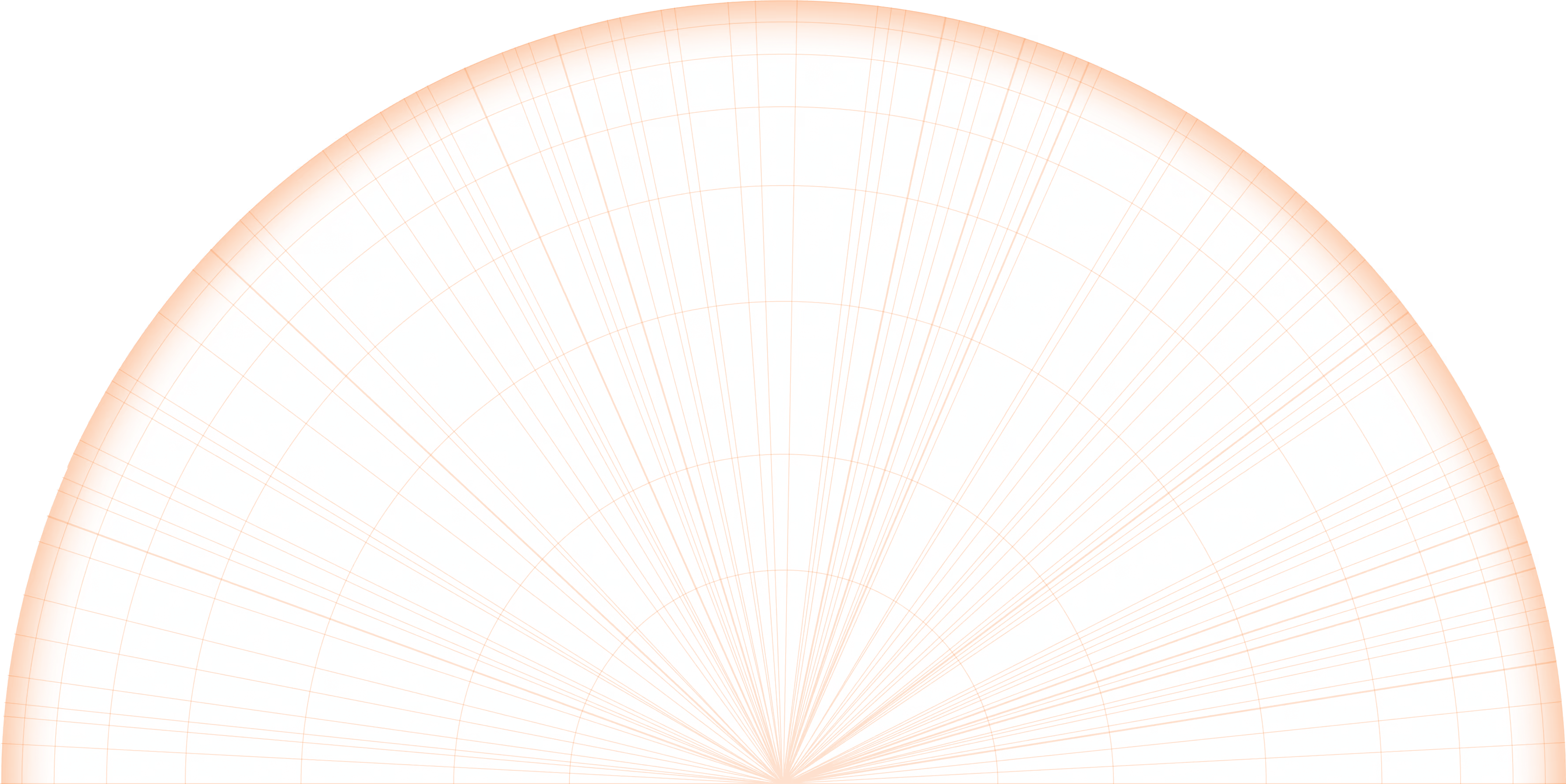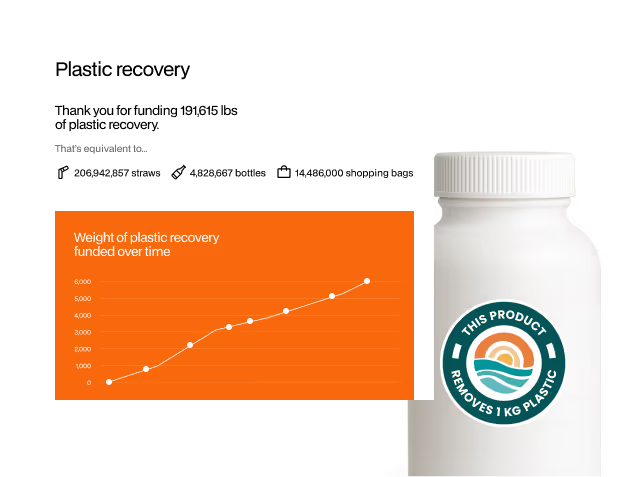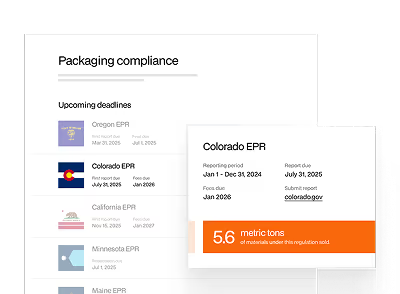We read all about it – landfills are overflowing, marine ecosystems are facing severe degradation, trees and plants are unable to breathe – all because of the use and consumption of a single material: plastics. This is because more than half of the plastic we consume is discarded after one use, they enter into the marine ecosystem and landfills. However, which plastics are the major contributors to plastic pollution?
There are so many different kinds of plastics; for now, there are at least seven kinds, even though the 7th category is miscellaneous. Take a look around your room and notice the variety of plastics that play in your life each and every day. Every plastic has a unique impact. Most of these products have health implications due to many of their toxic additives such as BPA, phthalates, and flame retardants. But, let’s get to know our plastics that so actively consume and impact our lives:
1. Food and Beverages – 31.14%
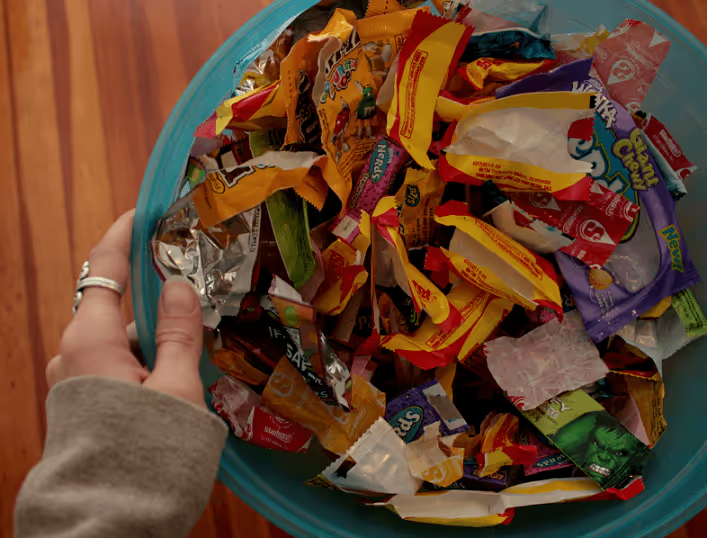
The most common single-use plastics that we encounter everyday are food and beverage packaging. It is hard to deny: plastic runs rampant among our everyday choices in food and beverages because they do reduce food waste and increase ease of accessibility. However, every chocolate bar wrapper, snack bag, and fast food containers adds up to one big plastic dilemma. These single use plastics are the most hazardous forms of plastics because many cannot be reused or recycled due to the lack of available technology and recovery markets.
Bulk purchases of snacks and food in reusable containers and reduction of packaging are the best avenues to combat these products.
2. Bottle and Container Caps – 15.5%

Bottle caps are one of the major contributors of plastic pollution in oceans and the sea. Marine ecosystems are severely impacted by caps because many forms of marine life mistake these caps for food. From poisoning, starvation, and more, plastic pollution kills on average 100 million marine organisms per year.
A solution provided by Save the Albatross Coalition is to urge the manufacturers to ‘Leash the Lids’ where caps are produced to be inseparable from their bottles
3. Plastic bags – 11.18%
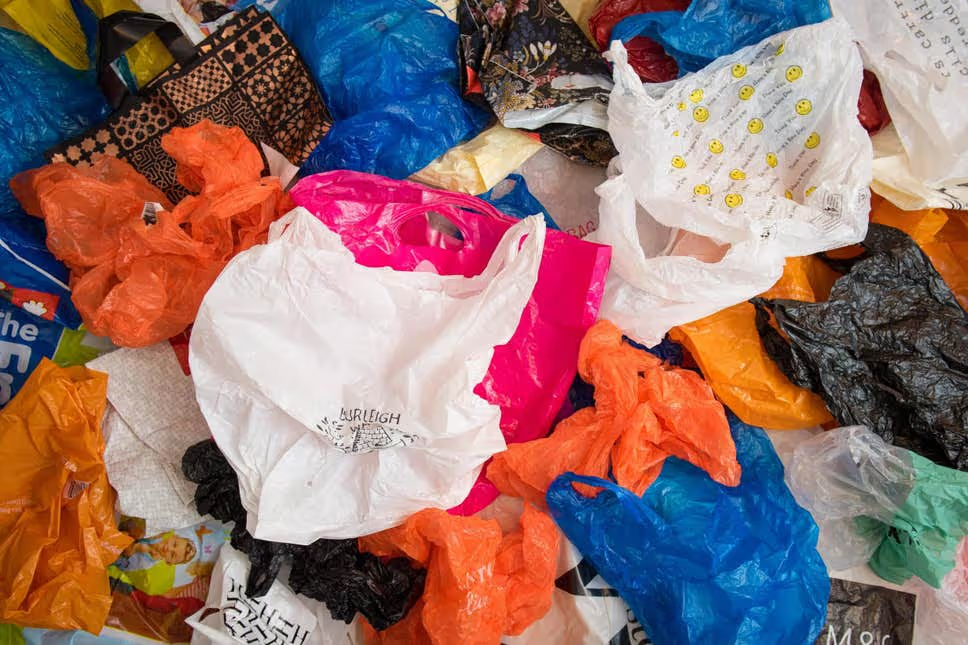
Plastic bags are a major problem for marine life. They get entangled with birds, animals and wildlife who confuse them for food, which can be fatal. They also constrict the growth in trees and plants because they tangle with the tree’s roots, which deters growth.
However, initiatives like plastic bans, taxes, and levies on the use of plastic bags have been successful. For example, Australia has cut its plastic bag usage by 80% due to plastic bag bans. Many outlets have also opted for paper, cotton, and jute bags as their alternatives.
4. Straws and Stirrers

Straws and stirrers are too light to go through the recycling process, which means that they have three ultimate destinations: the landfill, incinerator, or ocean. If they end up in the ocean, they pose a real threat to marine lives and wildlife.
Restaurants and hotels should have an ‘ask first policy’ where straws or stirrers should be provided only on requests. Many restaurants use bamboo and paper straws as alternatives. Initiatives like ‘No Straws Attached’ are catalyzing hotels and food chains to move towards sustainable options as straws are one of the major contributors to plastic pollution.
5. Beverage Bottles and Containers – 7.27%
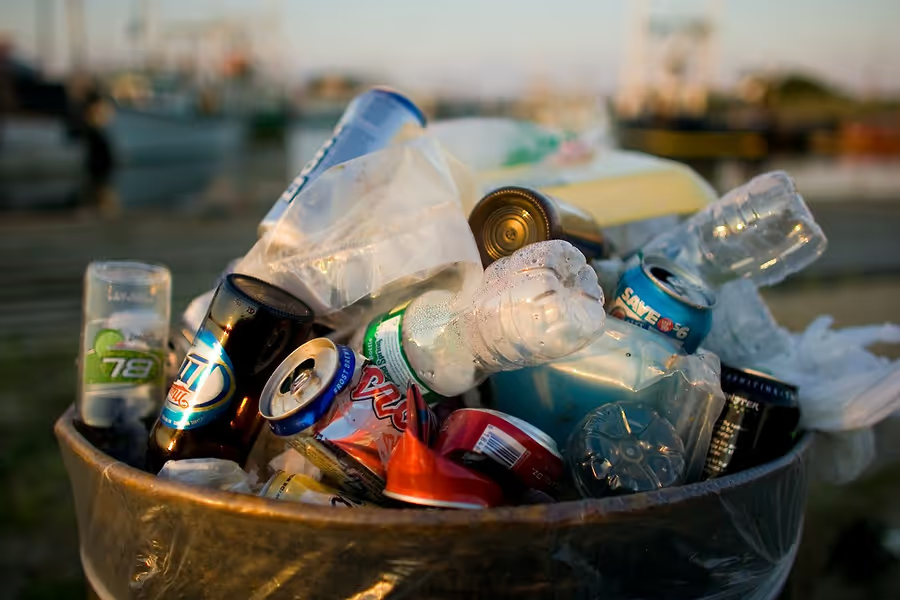
Bottles are made from PET, which is the most highly recycled plastic. However, many times they fail to reach recycling facilities, and pose as a major threat to marine life.
The best alternative for beverage bottles is to carry your own reusable bottle. By ensuring there are water filling stations, which are easily accessible, the urge to buy bottles is constricted.
When plastic enters our environment without being recovered or recycled, we are failing our planet. Collective action is necessary to curb the use of plastics. Plastics have exposed us to new challenges, but innovation is the key. We must begin to redesign and rethink our consumption and production. Meanwhile, we must do voluntary actions and efforts to keep plastics at bay, not at sea.
You can help keep the planet safe for those endangered by the plastic we use. For about the price of a coffee a month, eliminate as much ocean-bound plastic waste as you use and go Plastic Neutral with us today.


.png)
.avif)
.png)
.avif)


